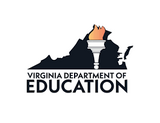
Students will learn and perform a backing track as an ensemble, then improvise over that ensemble-recorded backing track.
- Subject:
- Fine Arts
- Music
- Material Type:
- Teaching/Learning Strategy
- Author:
- VDOE Fine Arts
- Date Added:
- 06/03/2022

Students will learn and perform a backing track as an ensemble, then improvise over that ensemble-recorded backing track.
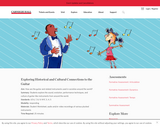
Students explore the sound, evolution, performance techniques, and culture of guitar-like instruments from around the world.
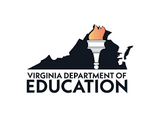
Students will learn and practice skills to adjust intonation and pitch. Students will use a short music example to practice the skills learned for adjusting unison notes in real time.
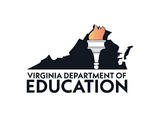
This instructional plan will help teachers guide students’ composition of rhythmic variations. In this lesson, students will listen to musical examples of variations, discuss the aesthetic and artistic value of musical arrangements, and write their own rhythmic variations on scales and melodies.
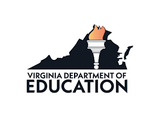
This instructional plan will provide the instructor with the outline and resources to guide students in the composition of original music. Composition incorporates different aspects of music education including creativity, critical thinking, and the application of musical techniques.
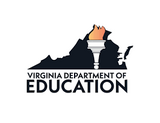
Students will explore copyright and intellectual property standards as they relate to music, music technology, and digital citizenship. Students will identify and apply their knowledge of copyright law and licensure to select appropriate licenses for an original work. Students will then analyze copyrighted material and understand how to obtain appropriate permission to use the material.
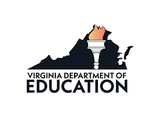
Students will investigate ways that choral music can influence the community. Using project-based learning, students will research organizations in their community to be the beneficiary of a benefit-type concert. Students will select level-appropriate repertoire and create advertising. This project is imagined to be used for collaborative small groups, but could be adapted to work as an individual project.

Students will explore copyright and intellectual property standards as they relate to music, music technology, and digital citizenship. Students will apply their understanding of copyright law to complete the copyright process for an original work. Students will further apply their understanding by participating in a class debate about real-world copyright issues raised by a song that sets original lyrics to an older song.
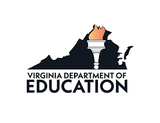
Instrumental students will learn strategies and skills to effectively perform with dynamic balance as an instrumental ensemble. Students will experience and execute various exercises to achieve balance as a trio, section, instrument family, and full ensemble.
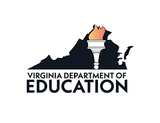
This plan will provide the instructor with an outline and resources to direct students through a variety of listening exercises. Students can use listening exercises to analyze music, identify important elements, and critique performances.
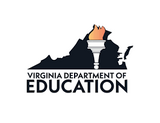
This plan provides teachers with the resources to guide students through the analysis of musical time periods which will provide insight into history with a lens through the fine arts. This analysis helps students make connections with contemporaries and world events, in turn, enabling students to perform music with greater depth and style.
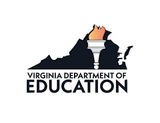
Students will learn about history and music history through listening, analyzing, and performing works in their instrumental class. Students will gain insight into history through a Fine Arts lens, enabling them to make connections with contemporaries and world events.
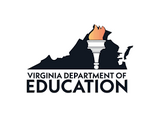
This plan will outline the process and resources needed to introduce and improve improvisation in an instrumental classroom. Improvisation is important for encouraging creativity and expression while providing a supportive environment that is free of judgment and criticism.
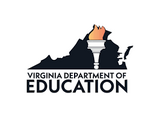
This plan is designed to reinforce students’ ability to recognize and apply whole step/half step patterns to the guitar and foster a deeper understanding of how pitches are organized on the guitar fretboard. Understanding the whole step/half step concept and the ability to apply it are important precursors to successful sight reading and navigation of the fretboard.
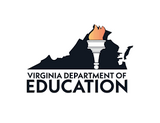
This instructional plan provides the teacher with an outline and resources to guide music students through the process of selecting and pursuing a career path in the 21st century workplace, enabling students to understand music as a field of knowledge.
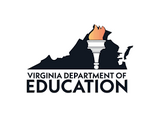
In this plan, students will research, discuss, and present ways in which music was used to effect change during various historical periods or events. This particular plan will use the American Civil Rights Movement, South African Apartheid, America’s participation in Vietnam, and current events as examples.
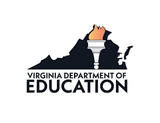
Students will demonstrate the creative process by composing an eight-measure composition using the E major pentatonic scale. Notes used include B and C# on the 2nd string and E, F#, and G# on the 1st string. These melody notes will be played using the index and middle finger. Warm-ups and repertoire to prepare students in the key and compositional style are included as resources.
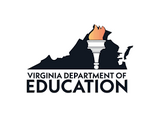
In this lesson, students will learn to identify different note and rest values and how these come together to form short rhythmic patterns. Students will perform rhythmic patterns on their selected instrument using the ‘Rhythm Randomizer’ tool.
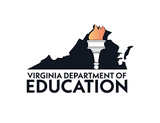
Students will record themselves and use a provided rubric to evaluate growth in their playing. This lesson can be used with individual or ensemble performances.
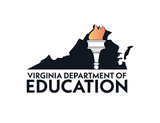
This plan introduces rhythm guitar chart reading using open and barre chords. Students will review how to read basic chord charts in order to accompany songs and perform with ensembles.